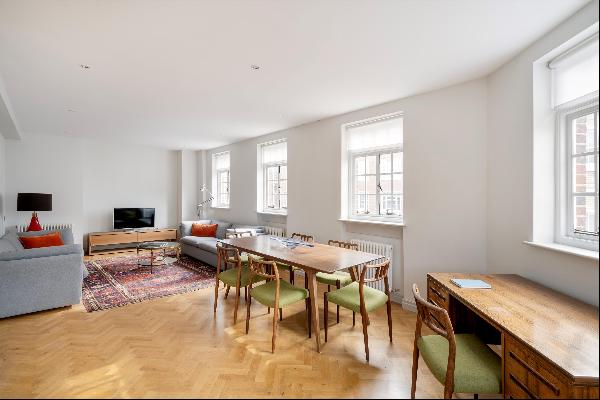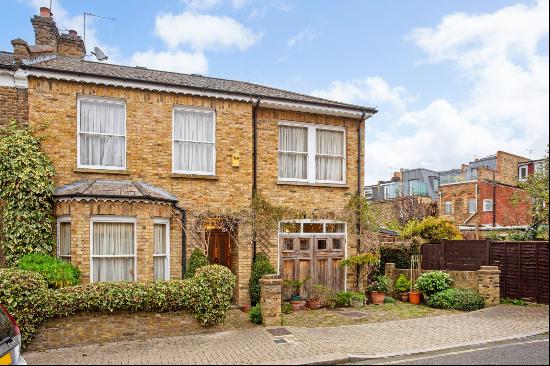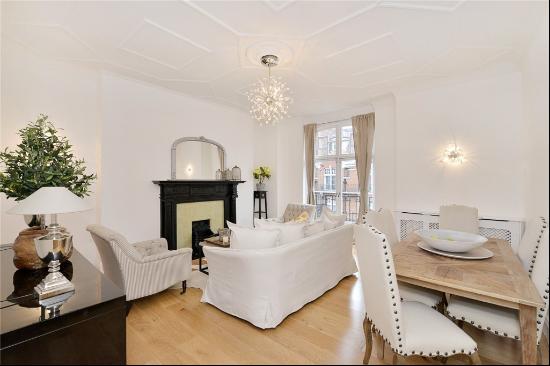
By Robin Myerscough
Living and working in the UK, I always encourage clients to invest in the wealth of talented craftspeople in this country that make furniture with great passion, skill and integrity. A hand-painted wallpaper, a huge marble bath or a bespoke kitchen may all be lovely things, but cannot be taken with you when you move — a great piece of furniture is yours for life.
Commissioning a piece of handmade furniture offers a rare opportunity to create something entirely bespoke to an individual and the space they live in. To me, this is the most exciting part of putting a house together. One is also creating an heirloom for the future that will become more beautiful as it ages.
I spent many years working for a designer-maker, before moving into interior decoration and antique dealing. Things have come full circle, as I now work with a talented group of cabinetmakers and decorative metal workers, hand-making furniture and lighting to order, in southern England. Here, I’ve put together a few tips to consider when commissioning furniture for a drawing room, using the example of this beautiful four-bedroom house in Bath, on the market for £2.25mn.

Take inspiration from the past
Interiors magazines, Pinterest and social media are all useful when looking for inspiration but I would also encourage visiting dealers, antique fairs and good regional auction houses. They provide a fantastic opportunity to view great design styles up close — from the English country house to mid 20th-century European. The more time you can invest at this stage, the better. Make sure to focus on the piece, rather than the scheme.
The Decorative Antiques Fair in Battersea is held in London three times a year, and the quality of dealers and their variety of stock never fails to inspire and educate.

Commission pieces that serve a purpose
William Morris said, “Have nothing in your houses that you do not know to be beautiful or believe to be useful”. I think I would find an entire house full of useful and beautiful things a little depressing and soulless (everyone needs a little bad taste in their life) but in the case of investing in bespoke furniture, it’s a worthy adage. Furniture needs to be functional, not just lovely to look at.
The brass Bookcase Etagere by Soane is simple in design but with smart detailing. I particularly like the feet and tall finials. If required, one can turn up the dial a little by covering the shelves in leather. The modular approach ticks the functional box and the piece would look great installed either side of the fireplace in this grand drawing room.

Involve yourself in the process
Commissioning furniture should be an enjoyable experience — a good partnership between maker and client will yield a superior outcome. Be confident in your own creative ability and don’t be afraid to try sketching as a way to communicate ideas. Years ago, at design school, we were encouraged to carry a pocket book and pencil with us at all times. Smartphones are useful but nothing beats a doodle. I use a Moleskine notebook and a Pentel P200 HB mechanical pencil.

Avoid trends
I dislike exotic and rare materials and overly intricate finishes that drift in and out of fashion. The simplicity and character of a good piece of oak or brass is hard to beat in the hands of a talented cabinetmaker or decorative metalworker. Good design will never date and quality materials will age naturally, adding to their beauty.
The Lorimer Table by Max Rollitt is made using two of my favourite timbers: oak and sycamore. It works as a great dining table (round is best if there is enough room) or, as in this drawing room, as an imposing centre table. I can imagine it piled with books or a huge flower arrangement and lit from above by an overscaled verdigris lantern. It’s a piece that is beautiful, useful and versatile (remember the Morris maxim).
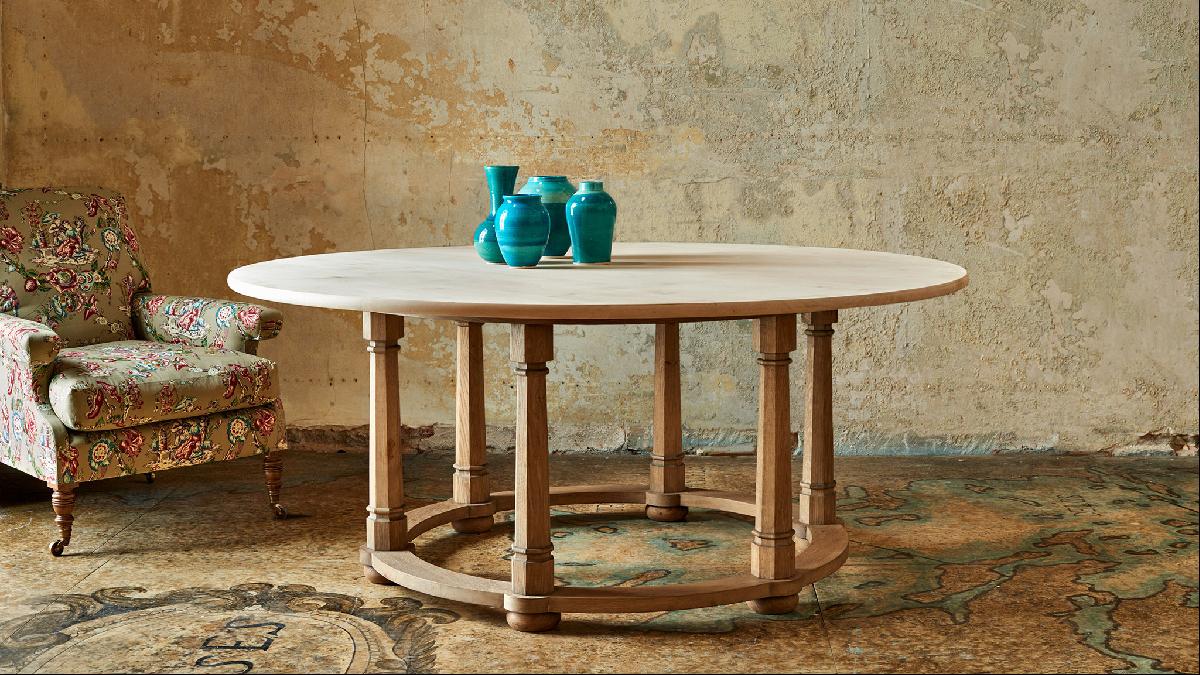
Never compromise
Do your research when looking for a maker. Be realistic when it comes to budgeting and lead times — buy the very best you can afford and be prepared to wait. A well-made piece will reward that investment in quality materials and craftsmanship, and give lasting joy in ownership.
Of the many furniture makers whom I admire, Matthew Cox is one of my favourites. His bespoke cabinetry is a labour of love and everything he produces is designed to last at least 100 years.
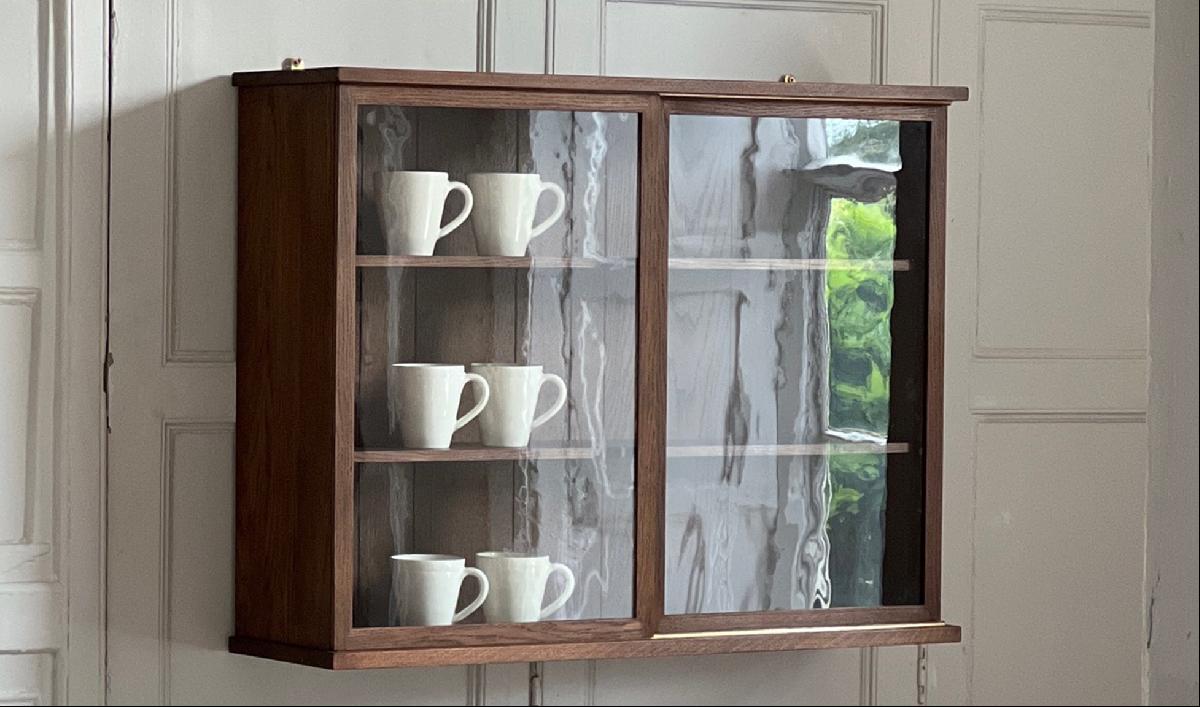
Photography: Savills; The Decorative Antiques & Textiles Fair/John Englefield Photography; Soane Britain; Dnkstudio/Dreamstime.com; Tom Mannion

















